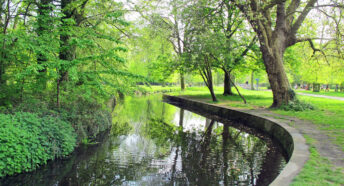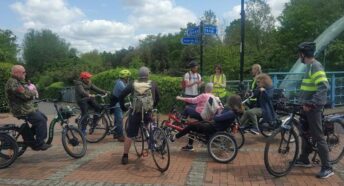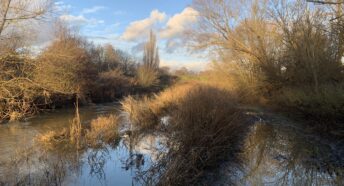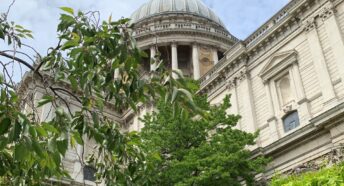Early environmentalism in South London
Jon Newman reflects on how the Victorian writer and artist, John Ruskin, saw the suburban creep of South London and draws parallels with more recent campaigns.
To find out more about Ruskin’s legacy why not join a guided walk in Ruskin Park on Sunday 6 March? It’s free but booking is essential – details here.
John Ruskin, the Victorian writer, artist and public intellectual, meant many different things to people – not all of them necessarily endearing or enduring.
We may choose not to seek out his views on women or imperialism, but we can still go to him with a fresh eye to discover a nineteenth century London environmentalist beyond his time.
His initial animus was personal. From the 1820s until the 1870s Ruskin lived in two houses on Herne Hill, and the growth of South London that he witnessed from the two hilltop homes became increasingly disturbing to him.
Watching South London grow
He hated the newly built railways surrounding him. (“There is not a quiet valley in England that you have not filled with bellowing fire; there is no particle left of English land which you have not trampled coal ashes into”).
He loathed the Crystal Palace glittering on the skyline and destroying his view (“possessing no more sublimity than a cucumber frame between two chimneys”).
He felt a sharp sadness at the bricking over of the fields, streams and hills of his childhood and the construction of endless streets of villas (“accursed Frankenstein monsters”) by house builders.
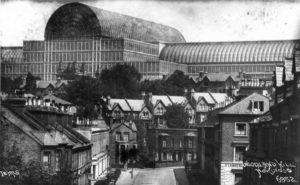
Pioneering environmental protection
In his penultimate book, The Storm Cloud of the Nineteenth Century – as atmospheric pollution is starting to shroud London – he is even tentatively formulating one of the earliest theses for what we would now call the climate emergency.
His antipathies to big infrastructure and uncontrolled development feel peculiarly modern. The threat once posed by railways has metamorphosed into those of motorway schemes and airport runway extensions – and then back again into HS2.
The commodification and monetising of housebuilding developments and the loss of open land, allotments and greenbelt, continues apace.
Founding of CPRE
In Ruskin’s anxieties of the 1860s and 1870s, we find the seed of what, 60 years on, becomes the Council for the Preservation of Rural England – now CPRE, the countryside charity. The trigger for the creation of the CPRE in 1926 was the blighting of the landscapes by the widespread adoption of pylons.
Its campaigning led to protections for landscapes and for viewpoints, which was exactly what Ruskin was wrestling with as he looked at the Crystal Palace and saw the suburban creep of South London washing over the former beauty of the Norwood hills “so that now one thinks of them no more but as three long lumps of clay on lease for building”.
Join the community-guided Ruskin Tree Walk in Ruskin Park on Sunday 6 March and find out more about this fascinating Victorian thinker. Find out more about this free event and book your place on Eventbrite.
Sunset over Herne Hill: John Ruskin and South London, by Jon Newman and Laurence Marsh, is available from Amazon, the Herne Hill Society or info@backwaterbooks.co.uk.



